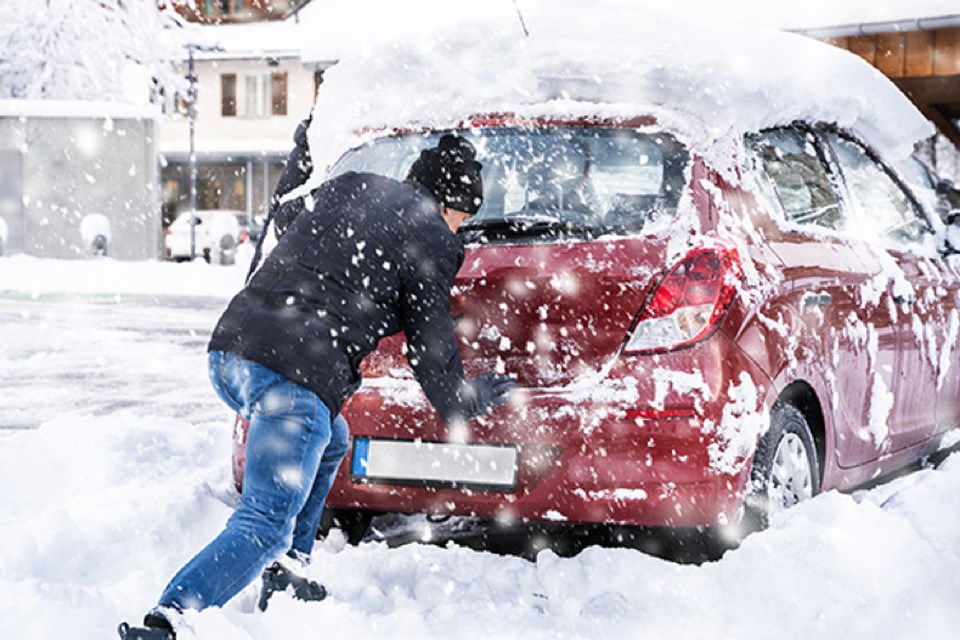Another question is, do I need a two-wheel, four-wheel or an all-wheel drive vehicle?
Two-Wheel Drive
This is found in most passenger vehicles including smaller SUVs. This comes in two styles: front-wheel and rear-wheel drive. Two-wheel drive works by the engine powering two of the wheels (in pairs) and the other two are allowed to just spin. In the case of front-wheel drive, the engine will power the front tires and the rear tires are allowed to just spin. In rear-wheel drive, the engine will power the pair of rear wheels. There are pros and cons to front versus rear-wheel drive.
Front
- The weight of the engine is over the tires that are being used to drive the vehicle. This creates more power in slippery situations or when going up a hill.
- Cheaper to operate as the car can be lighter.
Rear
- Has better acceleration as the power is transferred to the rear of the vehicle and is pushed forward.
- Rear-wheel drive has better control overall (except on ice).
- Rear-wheel drive can be a better option when driving trucks with empty beds or light loads.
Four-Wheel Drive
Four-wheel drive has become more popular with crossovers and SUVs. With four-wheel drive, the engine will power all the tires (in pairs of front and back) allowing them all to push the vehicle forward. This is a great feature when stuck in a snowbank or driving down snowy and icy roads.
In the original four-wheel drive, the driver had to get out and lock the tires into position. It was also a heavy unit and very costly. Modern vehicles have manual or automatic switches. This allows the driver to switch to a four-wheel drive as needed or with sensors. The vehicle will automatically switch to four-wheel drive to give the tires the power they need.
All-Wheel Drive
This is not the same as four-wheel drive. In four-wheel drive, the power is distributed to the front tires and the rear tires as a set. In all-wheel drive power is sent to each individual tire. This is particularly helpful, especially in icy and sloppy road conditions. If your vehicle gets stuck and one or two tires are buried in snow, power can be diverted to the other tires and used to get back on the road. All-wheel is an automatic system that stays on all the time and power is transferred to the tires that need it.
Which Is Right for You?
Unfortunately, there is no easy answer to this question. There are a lot of factors including your normal driving conditions, the style of vehicle you are looking at (car, truck or SUV) and your driving habits. Cost may also play a factor; all-wheel drive can add additional costs due to the sensors, computer programming, etc. No matter what style of vehicle you decide on, make sure that you have the right tires, especially for Alberta’s winter roads.
 This story was made possible by our Community Partners Program. Thank you Davis Chevrolet for helping to expand local news coverage in Alberta. Learn more
This story was made possible by our Community Partners Program. Thank you Davis Chevrolet for helping to expand local news coverage in Alberta. Learn more


